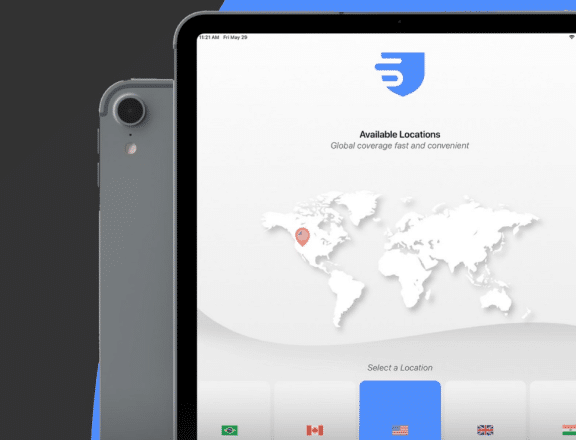Challenge
Legacy forecasting led to demand and supply mismatch
Before adopting Pecan, the customer used non-scientific forecasting methods for their manufacturing and inventory planning projections. The inaccuracy of these forecasts made it very difficult to determine the precise quantities of subcomponents they needed to manufacture across many of their products. The demand/supply mismatch led to the understock of certain subcomponents, extending manufacturing lead time, while overstock of other subcomponents resulted in high inventory levels and wasted labor costs.
Solution
14 days to a fully-trained, highly accurate demand forecast model
Using the Pecan platform, this customer automatically connected to and unified data from their CRM, various marketing data sources, raw data from their ERP system, and external data enrichment.
Pecan transformed this raw data into a fully trained and accurate demand forecast model in under 14 days. Forecasts were also generated for multiple time intervals, ranging from 6-12 months. Each prediction had an individualized confidence level to allow for tailored treatment.
Results
High accuracy forecasts support 15% labor cost savings and 25% inventory cost savings
The demand forecast model provided the customer with an accurate forecast of the quantities required to manufacture at the 3- and 6-month intervals. The forecasts achieved accuracy of 75-85%, with even higher accuracy in the forecasts generated for their top-selling products.
With information on sales and more carefully calibrated order quantities, they optimized batch sizes, reduced the effective supply lead time, and increased sales due to better product availability — all while reducing labor-related expenses.
Overall, the demand forecast models generated with Pecan’s AI-powered predictive analytics resulted in a labor cost savings of 15% and an inventory cost savings of over 25%.




